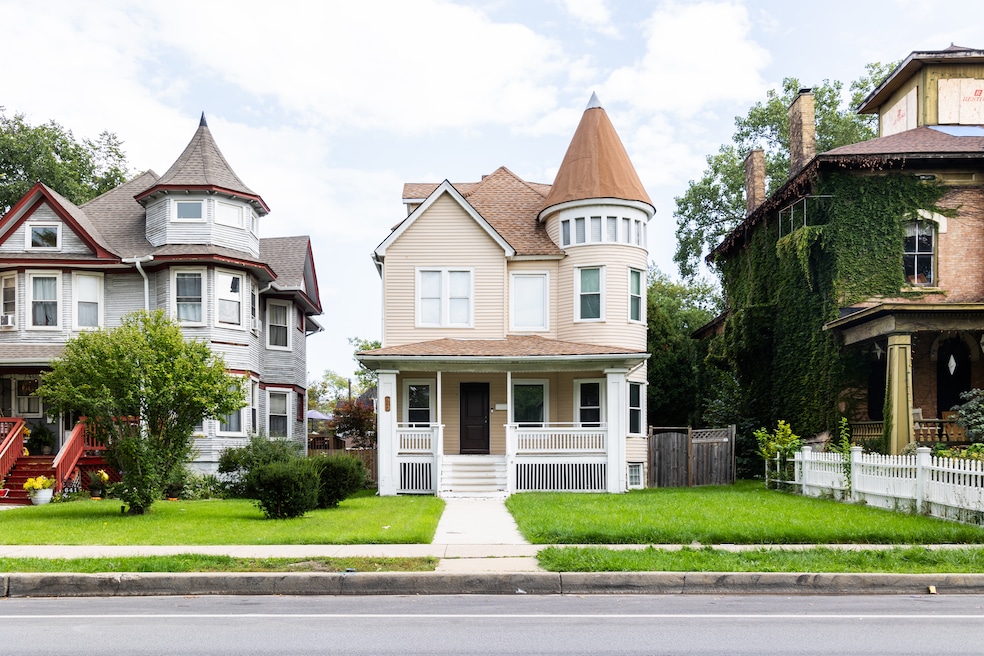Chicago is among a number of U.S. cities trying to reduce its significant load of vacant houses with a new program focused on renovating and selling property on the Windy City’s South and West Sides.
Mayor Brandon Johnson said the city is using a $20 million grant from the state of Illinois for its Rebuild 2.0 initiative. The grant will be administered by the Chicago Community Loan Fund and Greenwood Archer Capital, both of which have experience providing financial services in low-income communities, according to the city.
These groups plan to identify houses that are good candidates for improvement and recruit developers to renovate them with the help of low-interest loans for eventual sale to buyers with incomes at or below 120% of the area's median earnings.
The program name stems from Rebuild, an earlier program that was limited to the Garfield Park, Humboldt Park and Englewood areas. That effort involved the city’s transferring empty single- and two-family houses to private developers for renovation. The program this time around includes buildings with up to four units in a broader range of neighborhoods.
"Rebuild 2.0 reflects our commitment to addressing decades of disinvestment by turning vacant properties into opportunities for homeownership and economic empowerment," Johnson said in a statement.
Among other cities grappling with a large amount of vacant residential property is Baltimore, a city that wants to shift 5,000 of its 13,000 vacant homes into homeownership or another use over the next five years. And Newark, New Jersey, is offering city-owned houses or lots to residents for $1 in return for them building or renovating homes there.
Chicago had nearly 32,000 vacant lots in 2021, according to a report issued this year by DePaul University’s Institute for Housing Studies. The report cited data from the assessor for Cook County and includes the city and several adjoining suburbs.
Some vacant homes eligible for Rebuild 2.0 may have owners who have stopped paying taxes; in certain cases houses are in such disrepair they were placed on a city list for demolition. Properties previously slated to be torn down can be forfeited to the renovation program, the city said in the statement. The intent is not just to preserve individual houses but to also strengthen neighborhoods by targeting vacant homes near each other.
From the Homes.com blog: What credit score do you need to buy a house?
Chicago’s median income was $74,000 in 2023, according to the U.S. Census Bureau, meaning half the earnings were above that amount and half below. The Institute for Housing Studies reported the median sales price in Humboldt Park, one of the West Side neighborhoods targeted by the Rebuild pilot program, was $325,000 in June of this year, and $125,000 in Englewood on the city’s South Side.
The city has taken other steps this year to try to influence the housing market on the city’s West Side. In September, the city council approved a policy in a 6-square-mile area that includes Humboldt Park requiring owners to give renters a chance to buy their homes before selling them to someone else.

